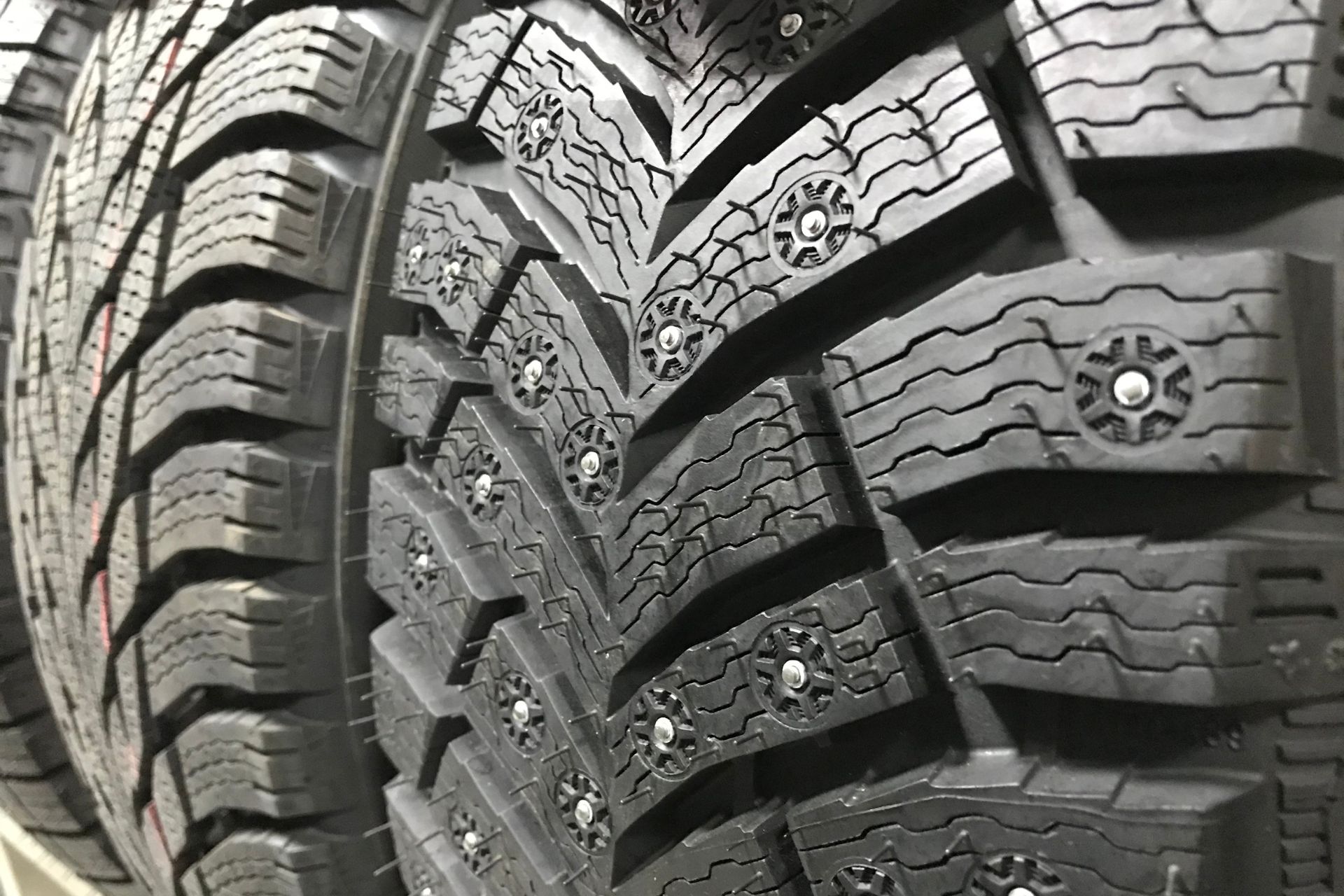When winter weather hits, many drivers seek solutions for improved traction and safety on icy roads. One popular option is studded tires, designed with metal studs embedded in the tread to enhance grip. However, in the province of Ontario, these tires are illegal for most of the year. This article explores the reasons behind this regulation, the benefits and drawbacks of using studded tires, and what alternatives are available for Ontario drivers.
The Reasoning Behind the Ban
The primary reason for the prohibition of studded tires in Ontario revolves around road safety and maintenance. The metal studs can cause significant damage to road surfaces, especially on the province’s asphalt roads. The impact of the studs can lead to increased wear and tear, resulting in rougher surfaces that create hazardous driving conditions. This degradation can necessitate costly repairs and road maintenance, which ultimately impacts taxpayers.
Moreover, the use of studded tires can lead to increased noise pollution. As vehicles equipped with these tires drive on asphalt, the metal studs create a distinct, disruptive sound that can be bothersome to nearby residents. The Ministry of Transportation has cited these concerns as significant factors in enforcing the ban on studded tires.
In addition to these practical concerns, the government emphasizes that there are safer and more effective alternatives for winter driving. The advancement of winter tire technology has produced high-performance tires that provide excellent traction on icy and snowy roads without the need for metal studs.
Benefits of Studded Tires
Despite the ban, it is essential to recognize the benefits that studded tires can offer. These tires excel in certain conditions, providing exceptional grip on ice and packed snow. The metal studs penetrate the icy surface, allowing for increased traction during acceleration, braking, and cornering. For drivers living in areas with extreme winter weather, such as northern Ontario, studded tires can offer a sense of security and confidence.
Furthermore, studded tires can significantly reduce stopping distances on ice. Studies have shown that vehicles equipped with these tires can stop more quickly on icy surfaces than those with standard winter tires. This advantage can be crucial in emergency situations where quick reflexes are necessary to avoid accidents.
The Drawbacks of Studded Tires
While the benefits are notable, there are also significant drawbacks to consider. As mentioned, the damage to road surfaces is a primary concern, leading to higher maintenance costs for municipalities. This can result in increased taxes or fees for residents, which is an important factor in the province’s decision to outlaw their use.
Another drawback is that studded tires can compromise handling and comfort on dry or wet roads. When temperatures rise above freezing, the studs can create a rougher ride, leading to decreased traction on wet surfaces. This is because the metal studs can lift out of the contact patch, resulting in reduced grip and stability. Additionally, the increased noise levels from studded tires can detract from the driving experience, making long trips less enjoyable.
Moreover, there are concerns about the wear and tear on the tires themselves. The metal studs can cause uneven wear on the tread, reducing the overall lifespan of the tire. This means that drivers may find themselves needing to buy tires more frequently than if they were using traditional winter tires.
Alternatives to Studded Tires
Given the ban on studded tires, Ontario drivers need to explore alternative options for winter driving. High-quality winter tires designed with advanced rubber compounds and tread patterns can provide excellent traction on snow and ice without the need for studs. These tires are specifically engineered to remain flexible in cold temperatures, allowing for better grip and handling on slippery roads.
Additionally, tire shops across the province offer a range of winter tire options that can suit various driving needs and preferences. When selecting winter tires, drivers should look for those with deep treads, aggressive patterns, and specialized rubber compounds that enhance performance in cold conditions.
For drivers in urban areas where ice and snow may not be as severe, all-season tires can also be a viable option. While they do not offer the same level of performance as dedicated winter tires, they can provide adequate traction for moderate winter conditions and reduce the need for frequent tire changes.
Another aspect to consider is proper tire maintenance. Regular rotations and alignments at an auto repair shop can prolong the life of winter tires and enhance their performance. Ensuring that tires are properly inflated and well-maintained will maximize traction and handling in winter conditions.
Final Words
The ban on studded tires in Ontario is rooted in concerns about road safety, maintenance costs, and noise pollution. While these tires provide certain advantages, including superior traction on icy surfaces, the drawbacks related to road damage, handling on dry or wet surfaces, and overall tire longevity cannot be ignored.
Fortunately, Ontario drivers have access to a variety of alternatives that offer excellent performance in winter conditions without the negative impacts associated with studded tires. By investing in high-quality winter tires and prioritizing proper maintenance, drivers can navigate the winter months safely and confidently.
If you’re looking to prepare your vehicle for winter, contact TrilliTires in Richmond Hill. Our knowledgeable staff can help you find the right tires for your needs, ensuring you stay safe on the roads this winter season.

